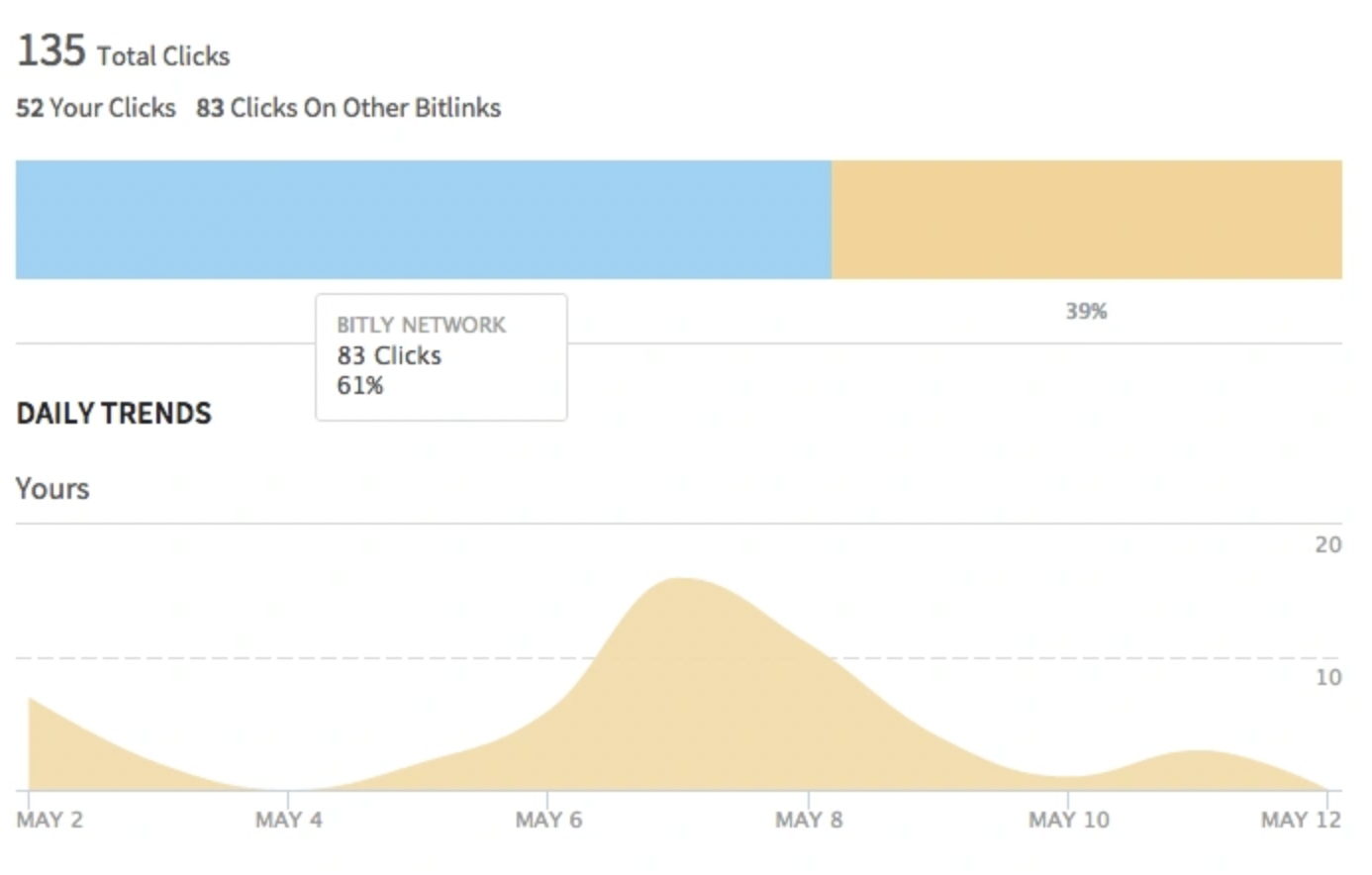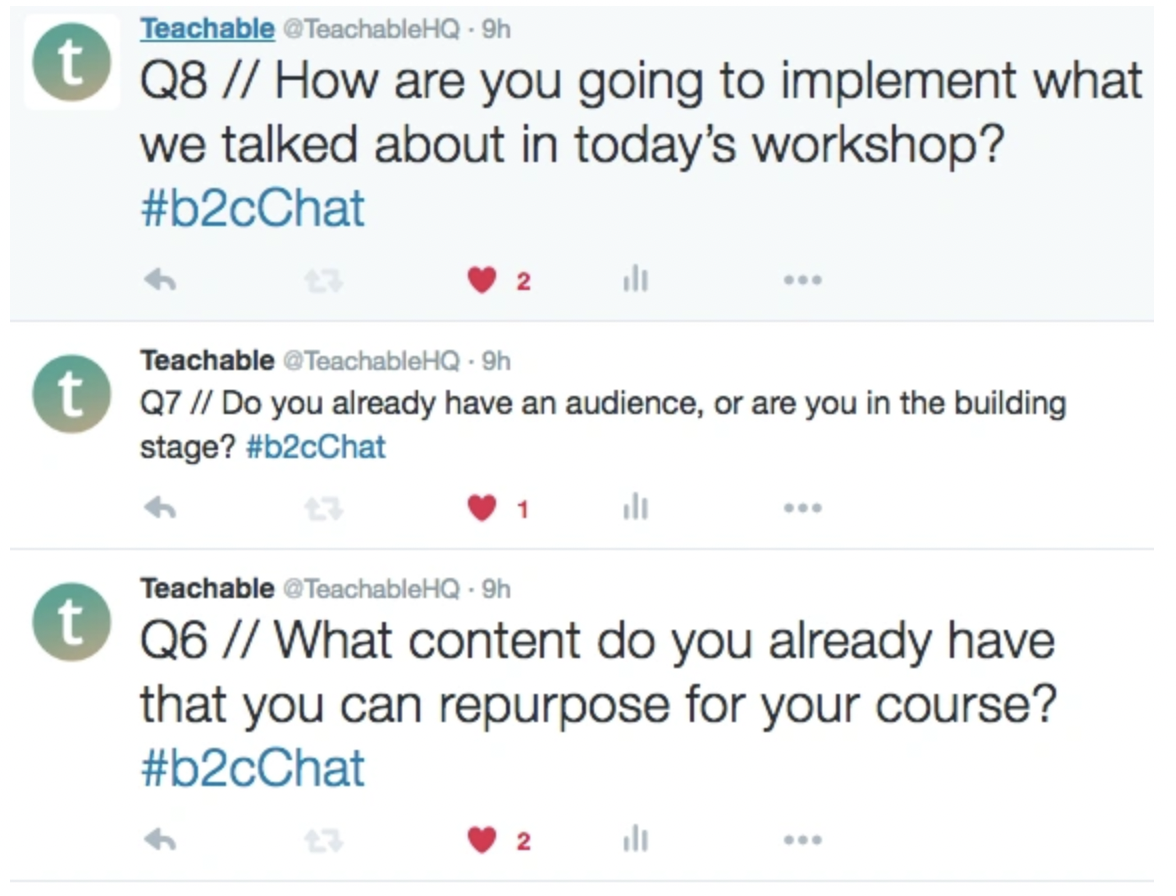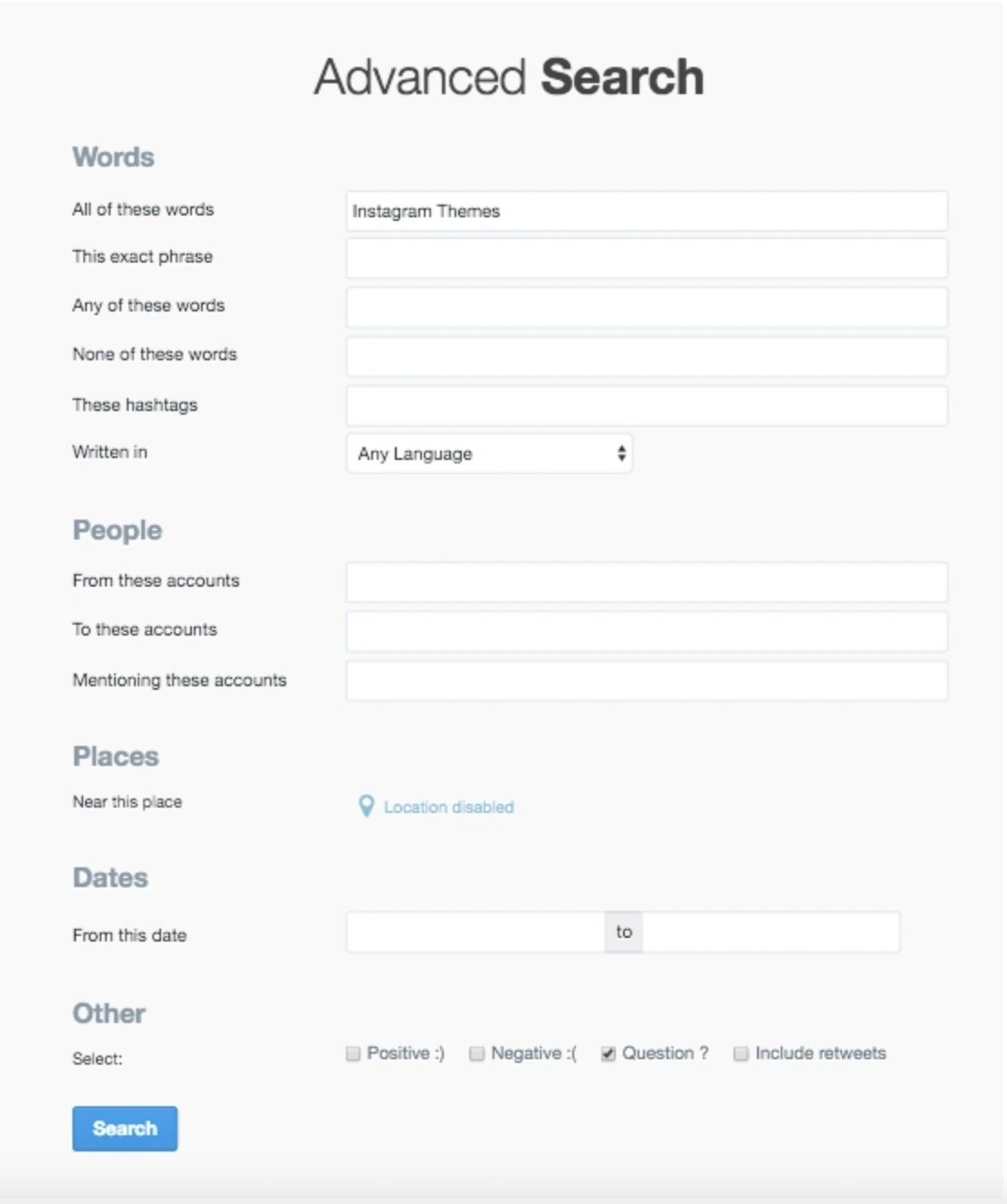Twitter is the ultimate social site for marketing your online course, pinpointing potential students, and driving sales. But there is a bit of a learning curve when it comes to mastering Twitter marketing. To help make it easier, we’ll walk you through getting set up, automating your account, promoting your course, and everything in between.
Staying social
Similar to other social channels, such as Instagram and Facebook, Twitter is a community building powerhouse that delivers results. The most compelling reason to join Twitter is the statistics showing that people are more likely to buy from you only after they follow you on Twitter.
However, Twitter isn’t the most intuitive social media platform to use. That’s why people often get stuck in the “getting started phase” and never get to see how powerful it can be. We’re here to lead you through it, so you can use Twitter to its full marketing capacity.
Setting up your profile
Like everything else associated with your business, your Twitter account should be branded. Depending on the goal of your brand and business, you can choose between a picture of yourself or one of your logo. You just want to ensure that you’re recognizable wherever your audience might find you.

Branding your social media goes further than your profile picture, though. We also encourage you to try and snag consistent social media handles. (We are @Teachable on Twitter, Instagram, and Pinterest, for example.) Being consistent not only makes your brand seem more professional and established, but it also makes you and your business recognizable.
All about you
Another important element of your profile is your bio. This is prime real estate to add the most appealing part of your brand. Talk about who you are and what you can do for people.
Your bio is also one of three places where you can include a link. This means you can include a call-to-action. If you didn’t already know, a call-to-action is language that provokes a response in your audience. In this case, we want the audience response to be clicking a link and visiting your preferred online property (maybe your course sales page, lead magnet, or blog post).

The second place where you can add a CTA is your autoresponder. Basically, autoresponders are messages that automatically send when somebody follows you. This is a good time to say, “Hey! This is my brand and here is what I have to offer. Check it out here!”
Autoresponders are great because they target people who are already interested in you. And they provide an extra push to get them on your site. A word of warning: A lot of people are very anti-autoresponder and automation in general. We recommend you combat this by being very transparent about your use of automation.

Growing your following
Once you have your profile set up, you can start following users and building your own following. Focus on following users in your target audience, thought leaders in your niche, and your peers rather than using any of the “gain followers fast” schemes that are floating around.
A common method that a lot of people fall into while trying to grow a following is to follow as many people as possible and unfollow those who don’t follow back. And then repeating the process over and over. We don’t recommend this method because it looks spammy, is inefficient, and will result in a largely unengaged audience.
The best way to grow your audience is by following people who will be interested in your tweets and continue to post quality tweets throughout the day (we’ll talk about automating this later!). Ultimately, you want to be creating a community of like-minded individuals who you can learn from and who can learn from you. It’s a longer game, but it is well worth it in the long run of Twitter marketing.
Click-to-tweets
Another way to promote your Twitter and gain followers is by adding click-to-tweets on your website or newsletters. Click-to-tweets make social sharing on your site simple by doing what the name implies: allowing your audience to click and be taken to a pre written tweet ready to send on Twitter.
If you are hosted on WordPress, you can download the ‘Click to Tweet’ plug-in. Otherwise, you can pull the code that Blog Tyrant shares here. There’s even a website called Click to Tweet where you can write your desired tweet and a code will be generated for you to stick in the HTML of your site.
Another way you can promote your Twitter profile is by adding follow links and icons within your blog posts and author bios. Again, there are plug-ins that you can use, but you can also input them with HTML, too.
Writing Tweets
Writing high quality tweets on Twitter is hard. If you’re not a pithy writer, getting ideas into 140 characters can be difficult. But it’s doable. Given the limited space you have to express yourself, always convert your links into bit.ly format to shorten them. Another benefit of bit.ly is that they provide analytics that are powerful for figuring out what is and isn’t working on your Twitter page.

To hashtag or not
One hashtag is fine, two is pushing it. Three and you won’t have room for actual content. Now that we’ve talked about how to manage the forced brevity, let’s discuss actually writing the tweets. Given the constraints, it’s far easier to tease what your link is about rather than trying to use the limited space to describe exactly what your audience will get from clicking your link.

The biggest problem with Twitter is how quickly it moves, as the tweets in your timeline may all seem to blend together. It’s easy to get caught in the noise and have your tweets skimmed over.
To prevent this, we recommend adding media to some of your tweets to help you stand out. Another great time to use media is if what you have to say won’t fit in the 140 characters. Adding text to your image gives you the freedom to write to your heart’s content without worrying about character constraints.
Depending on your brand, you can stick solely with including pictures in your tweets, or consider livening things up with the gif feature on Twitter.

{{socialmedia-component="/blog-shortcodes/blog-popup"}}
Tweets with attached media tend to get more engagement than standalone tweets. The ideal size for a Twitter image is at least 440 x 220 pixels, and if you go larger be sure to keep the two-to-one scale. If you use different dimensions, your image will be cut off and the impact of your image will be lessened.
How often to tweet
When it comes to Twitter marketing, writing matters. But, even if you’re writing the best tweets with the most hilarious gifs, a number of your followers will still miss a good number of your tweets just because Twitter moves so quickly. To combat this, you should be tweeting throughout the day. This way, you have fresh content up no matter what time your followers start scrolling through their feed.
Tweeting at least every two hours will keep your profile active and compensate for the fact that most people don’t catch up on every single tweet that they missed since they last logged on. Make note that posting every two hours on any other social media site would be considered spammy by most. However, because Twitter moves as quickly as it does, you should be safe.
Automating Twitter
Your head might be spinning—tweeting every few hours is intense, especially with a busy schedule. But there’s no reason you should be live tweeting. Instead, automate your Twitter account and save a ton of time. Automation is a great way to ease your workload and make your life leaps and bounds easier.
Every week, consider adding about 20 new tweets into your automator to promote new content and features and keep your feed fresh and updated. This only takes ten or fifteen minutes out of the workweek and saves you from being “always on.”
One thing to keep in mind is that automation shouldn’t be your entire Twitter game plan: Automate 90% of your content, but be sure to live tweet when it’s relevant, too. Your followers want to see a real life person behind the Twitter account, and live tweets help keep your account genuine.
How to leverage Twitter
Twitter chats
You might notice that some of the big names in your niche hosting Twitter chats. Twitter chats are guided conversations led by one person or brand for their followers to participate in. They use a branded hashtag and usually ask questions surrounding a certain theme.

You don’t need a large following or a ton of know how to host a chat on Twitter. You just need to plan and promote in advance. Twitter chats strengthen you community and help you gain followers. As the people participating in your chat use your hashtag, people are likely to check your account out and hopefully follow.
The prep is the hardest part of Twitter chats: You’ll need to establish a hashtag, a theme, and craft questions. When it comes to coming up with questions remember that you need to be concise to fit in the character limit.
Take a page from Melyssa Griffin’s book and create graphics for your pictures, instead. It creates a bit more work for you, but it looks super legit.

Prepare to be busy during your chat—your notifications will be blowing up and things will be moving super quickly. To make your life easier, schedule the chat questions to go out automatically so that you can be in the moment and interacting with the participants in real time.
Promoting your course
Twitter is a fantastic community generator and is great for engaging with your audience. But it’s also a great way to market your course. One promotion method is to schedule promo tweets throughout the day—but you probably already knew that one.
When it comes to finding your targeted audience, the advanced search is your secret weapon. You can use it to pinpoint users who would love what you’re teaching by typing in your course topic and selecting the question option. There are a ton of other fields that you can fill out, too, but in my experience they aren’t necessary.

The advanced search will bring up a ton of tweets that meet your criteria and usually about a third of them will be relevant users who might be interested in buying your course. We recommend following those users and answering their question while mentioning that you teach a course on that topic.
Sending out general tweets is another way to promote your course and it allows you to cast a wider net, but as we mentioned before Twitter moves super quickly so a large percentage of your followers may miss it. To combat that, you can use a ‘pinned tweet’ on your profile. This will be the first tweet that anyone sees when they check you out on Twitter.
Influencer marketing
When it comes to promoting your course, you don’t have to do all of the work yourself. Influencer marketing is a great way to get the word out to as large of an audience as possible.
With influencer Twitter marketing, you’re going to connect with influencers in your space and have them promote your course for you. There are a few ways that you can go about this:
- Be consistent: Growth will likely happen organically. If you’re already producing good content, a few of your followers are going to promote you because they enjoy your content.
- Ask: If you have friends in your space ask them to promote your course for you. Chances are a few of them will be more than happy to help.
- Bring on affiliates: The most surefire way to get people to promote your course is to incentivize them. Offer them a percentage of each sale and they will be more likely to promote your course.
You can find influencers in your sphere with the advanced search feature linked above.
Now that you know how to use Twitter to your marketing advantages, you can take the next step to drive your course sales and focus in on growing your audience.
Join more than 150,000 creators who use Teachable to make a real impact and earn a real income.


